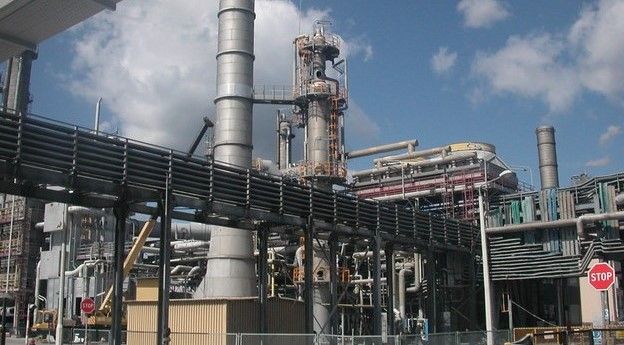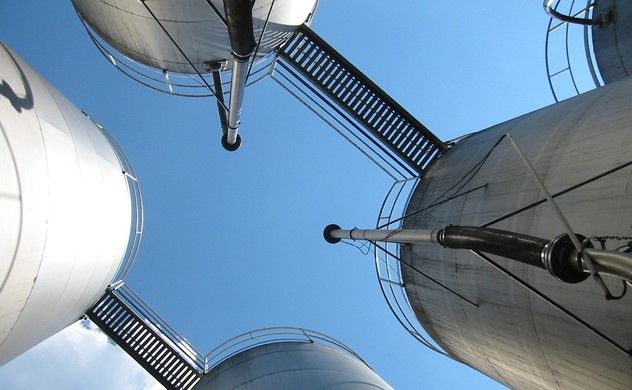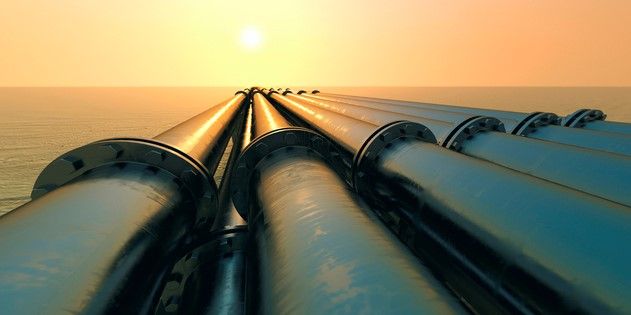The European chemical industry is not the powerhouse that it used to be, and things look to be getting worse.
So, with China’s market share continuing to grow, with chemical markets moving further East, with developing economies maturing, with raw materials becoming harder to source and more price volatile, without the raw materials advantages of America or the Middle East, how can the European chemical industry survive?
The key to the European chemical industry handling the challenges of raw material sourcing may simply lie in its ability to reduce, reuse, and recycle.

As the impact of climate change becomes clearer, public opinion, politics, and with it legislation, will be greener.
Chemical businesses that fail to react to this trend will face stiffer taxation (such as carbon taxes), higher penalties and costs for treating or disposing of waste, and lower sales as consumer choice favours ‘greener’ chemical products.
It is a situation that will become increasingly evident as material shortages grow. This will raise prices, cause higher delivery costs as more easily accessible supplies are exhausted, and even induce geopolitical issues as supplies of products such as rare earth elements (where China dominates the market) become tighter.

But beyond the logic in reusing ever scarcer raw materials, European chemical companies (and EU law) already hold an advantage in this area. It is fundamental to the EU project’s ideals.
“The chemical industry is the catalyst in a circular society,” notes the ‘Mid-Century Vision’ report, published by Cefic, the European chemical industry trade body. The report also noting that, “It is technically possible to recycle almost every type of waste, especially if products are designed with a view to reuse and recycling. This provides the European chemical industry with a massive opportunity to not only be a producer of products but also lead the way in preserving value through multiple life cycles, including the chemical recycling of valuable waste through processes such as pyrolysis and depolymerisation as well as improved separation technologies.”

For this reason, EU leaders have laid out strict goals via its Green Deal, boosted investment and research through the Horizon Europe project, and enacted multiple pieces of legislation towards lowering environmental impact. These include the Energy Taxation Directive, the Emissions Trading System, and the Farm to Fork strategy, among others.
Alongside the Green Deal’s stated aim of climate neutrality by the year of 2050 with its heavy focus on low or zero impact power generation and transportation (both of which are used heavily by chemical companies), the European chemical industry is aiming to be global leaders in the following approaches.
1. Using of renewable feedstocks, such as food waste and biomass
2. Replacing linear and/or hard-to-re-use materials where possible
3. Boosting mechanical recycling of products such as PET bottles
4. Improving product design for ease of re-use or recycling
5. Increasing chemical recycling to re-use molecules. For example, reusing plastic car parts as raw material feedstock
6. Supporting energy recovery and the re-use of CO2
While these eco-goals are certainly noble, and hopefully financially competitive in a fossil fuel burning world, European chemical industry chiefs are well aware of their position and hold no illusions about the challenges they face.
As Daniele Ferrari, former Cefic President, notes, “We will not have the sheer numbers of engineers that China has [and] we do not have the feedstock advantage of North America or the Persian Gulf region.”

Rising to these challenges will require continued and significant investment in the European chemical sector if environmental and recycling targets are to be achieved.
Stricter legislation on safer chemicals, greener chemical products, and chemical market integration (including the founding of REACH) have all taken a financial toll on European chemical businesses. However, investment levels remain strong.
“The European chemical industry invests more than 15% of its value added in new and improved manufacturing plants and processes,” notes the Cefic report. “Growing investments in digital technologies offer the potential for another transformation of the way the industry re-invents its internal processes, does business and relates to society. In 2017, the sector invested about €10 billion—about €25 million a day—in research and development, including in finding ways to become more energy efficient and reduce our carbon footprint.”
While the Europeans are not the only ones seeing the need to reduce climate change (for example, the Middle East has a long-held goal to diversify its economy away from oil, gas, and by default, petrochemicals), as we enter the century’s third decade, it seems that only the European model is wholly set on achieving total eco-responsibility.

“The European way means to innovate toward circular models, to lead on sustainability and to be at the forefront of new technologies,” says Marco Mensink, Cefic Director General. “It means integrating more closely with sectors outside the chemical industry and expanding beyond our borders. And it means to be seen by our customers as leading the way.”
How much of this is political grandstanding and how much this can be achieved while still maintaining prices competitive remains to be seen.
However, if only half of the goals laid out by Europe’s chemical industry strategists can be met, then the vision of Europe’s chemical industry in 2050 looks to be secure.
To learn more about these chemical industry topics read: A Foresight into the European Chemical Industry in 2050 and Chemical Recycling: A Solution or a Dream for Plastic Waste?
Photo credit: Paweł Jagielski from FreeImages, Filipe Placido, outgunned21, Arno Nym, oritz320 from Pixabay, & pexels